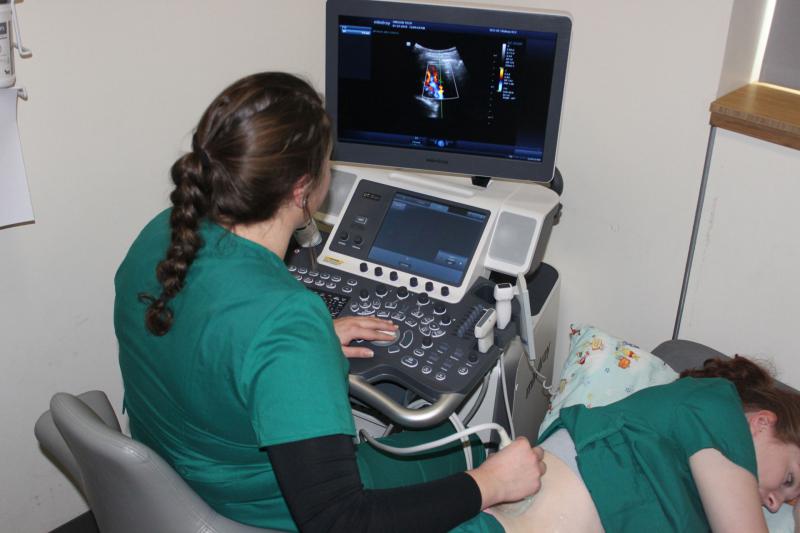
Ultrasound Tech Trade: Transforming Images, Transforming Lives
Table of Contents
ToggleUnderstanding Ultrasound Technology
Ultrasound technology involves the use of high-frequency sound waves to create real-time images of the internal structures of the body. These images, commonly known as ultrasound scans or sonograms, are invaluable for diagnosing various medical conditions, monitoring pregnancies, and guiding medical procedures.
The Role of Ultrasound Technologists
Ultrasound technologists, also known as diagnostic medical sonographers, are the professionals responsible for operating ultrasound equipment and producing high-quality images for medical interpretation. Their role extends beyond technical proficiency; they also play a crucial part in patient care, ensuring comfort and providing essential information about the procedure.
The Ultrasound Tech Trade Journey
1. Educational Foundation:
- Begin your journey into the https://techlabweb.com/ enrolling in an accredited diagnostic medical sonography program. These programs typically cover anatomy, physiology, ultrasound physics, and clinical training.
2. Clinical Training:
- Practical, hands-on training is a cornerstone of ultrasound education. During clinical rotations, students apply theoretical knowledge in real healthcare settings, refining their skills under the guidance of experienced professionals.
3. Specialization Options:
- The ultrasound tech trade offers various specialization options, allowing professionals to focus on specific areas such as obstetrics, cardiology, or vascular sonography. Specialization enhances expertise and opens doors to diverse career paths.
Advantages of Choosing the Ultrasound Tech Trade
1. Growing Demand:
- The demand for skilled ultrasound technologists is on the rise, making it a promising career choice. The increasing use of ultrasound in medical diagnostics contributes to sustained job opportunities.
2. Impactful Contribution to Healthcare:
- Ultrasound plays a pivotal role in diagnosing and monitoring a range of medical conditions. Ultrasound technologists contribute to better patient outcomes providing crucial imaging information.
3. Diverse Work Environments:
- Graduates of the ultrasound tech trade can find employment in various healthcare settings, including hospitals, clinics, imaging centers, and specialized practices.
Technological Advancements in Ultrasound
1. 3D and 4D Imaging:
- Technological advancements have led to the development of 3D and 4D ultrasound imaging, providing even more detailed and comprehensive views of anatomical structures and fetal development.
2. Portable Ultrasound Devices:
- The introduction of portable ultrasound devices has revolutionized point-of-care diagnostics. These handheld devices offer flexibility and accessibility in various healthcare settings.
Navigating the Career Landscape
1. Certification:
- After completing your education, obtaining professional certification, such as the Registered Diagnostic Medical Sonographer (RDMS) credential, enhances your credibility and employability.
2. Continuing Education:
- Stay abreast of advancements in ultrasound technology through continuing education. Ongoing learning ensures that ultrasound technologists remain proficient in the latest techniques and technologies.
Conclusion: Shaping Futures through Sound Waves
In conclusion, the ultrasound tech trade is a dynamic and rewarding path for those passionate about healthcare and technology. By harnessing the power of sound waves, ultrasound technologists contribute to transformative medical imaging that can impact lives positively. If you are considering a career where your skills directly contribute to patient care and diagnostics, the ultrasound tech trade may be the perfect fit for you.
Related Posts

Can You Go from Vet Tech to Veterinarian? A Comprehensive Guide

Exploring This Tech Hub: A Comprehensive Overview

